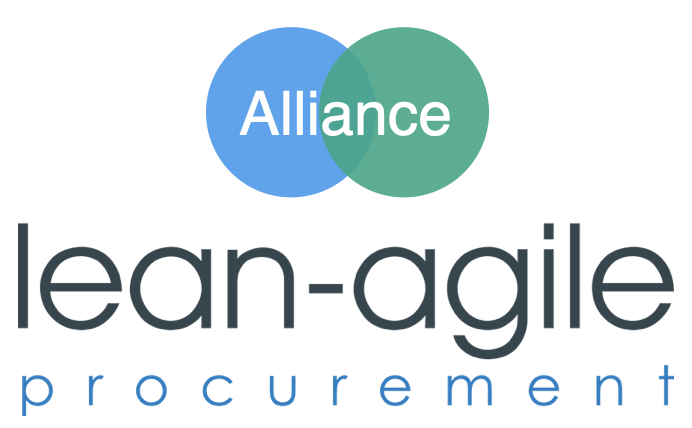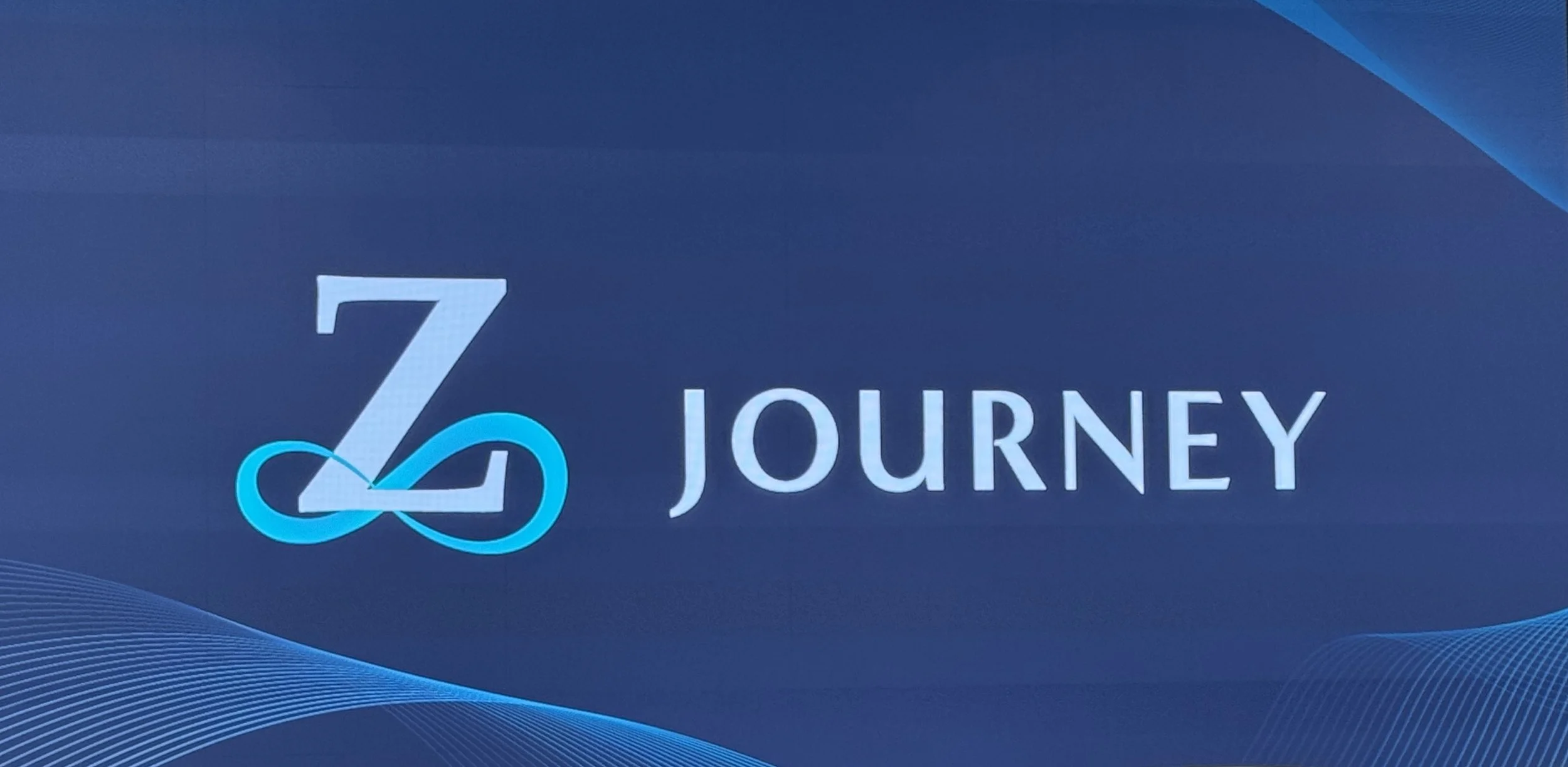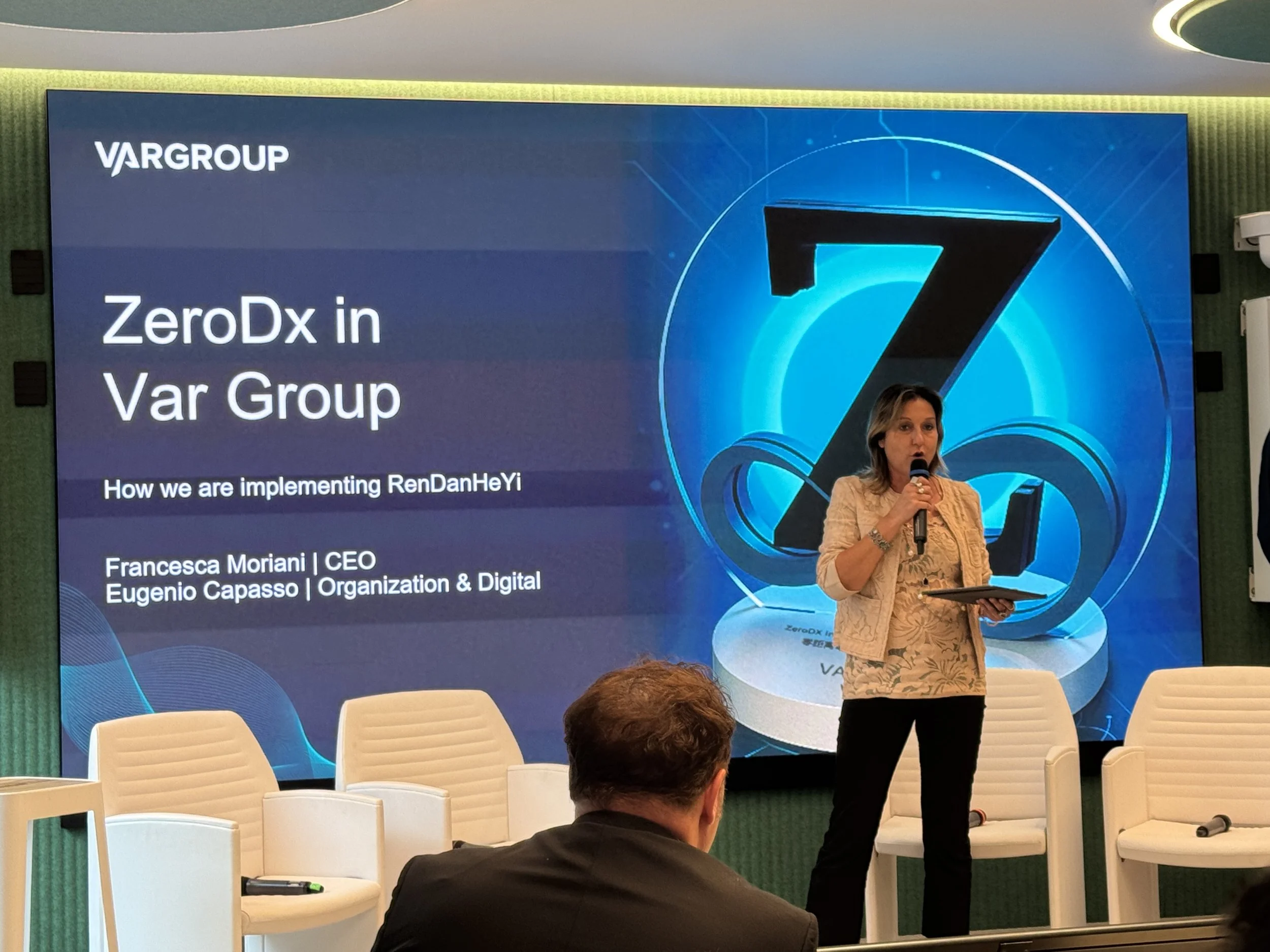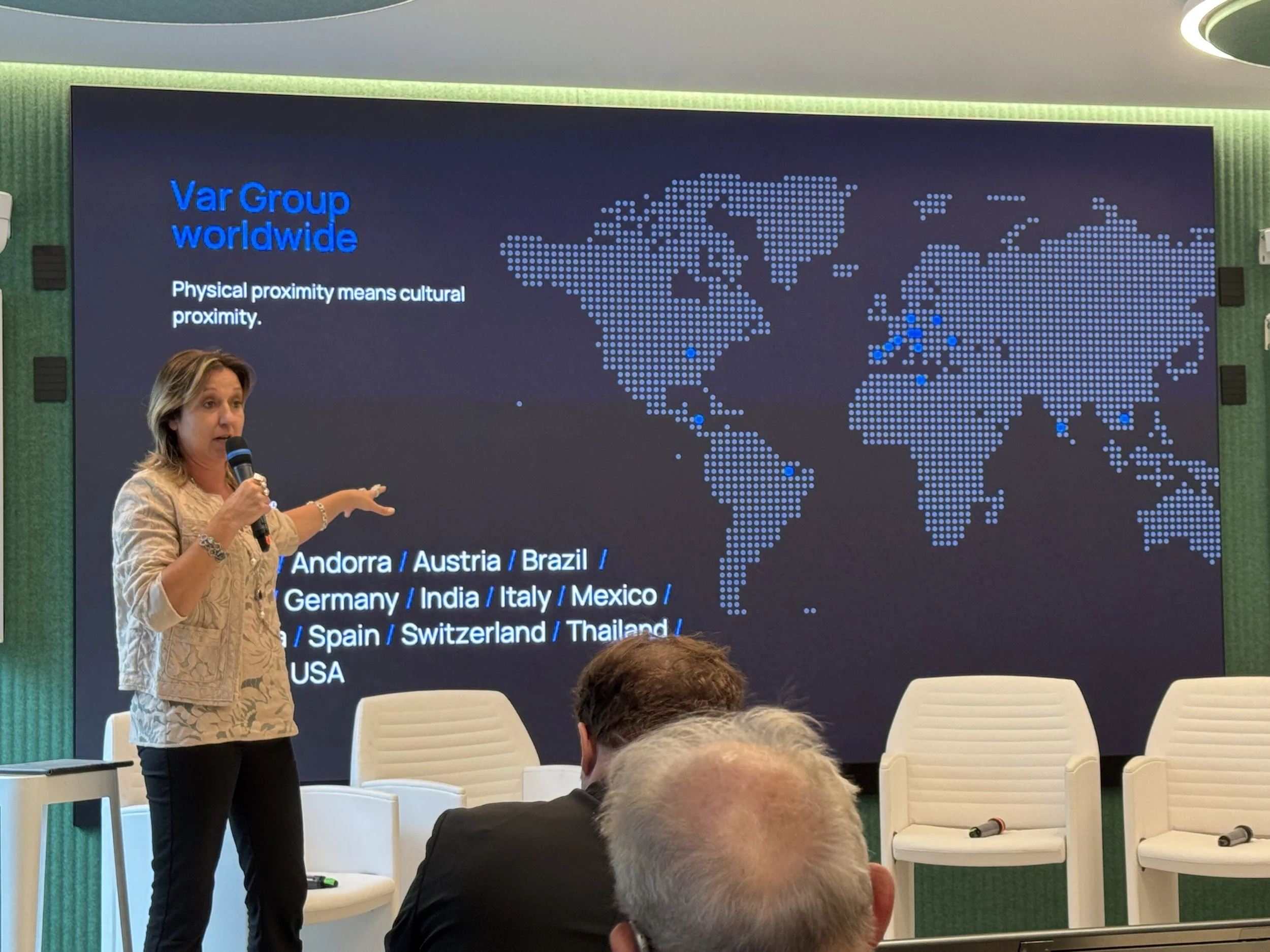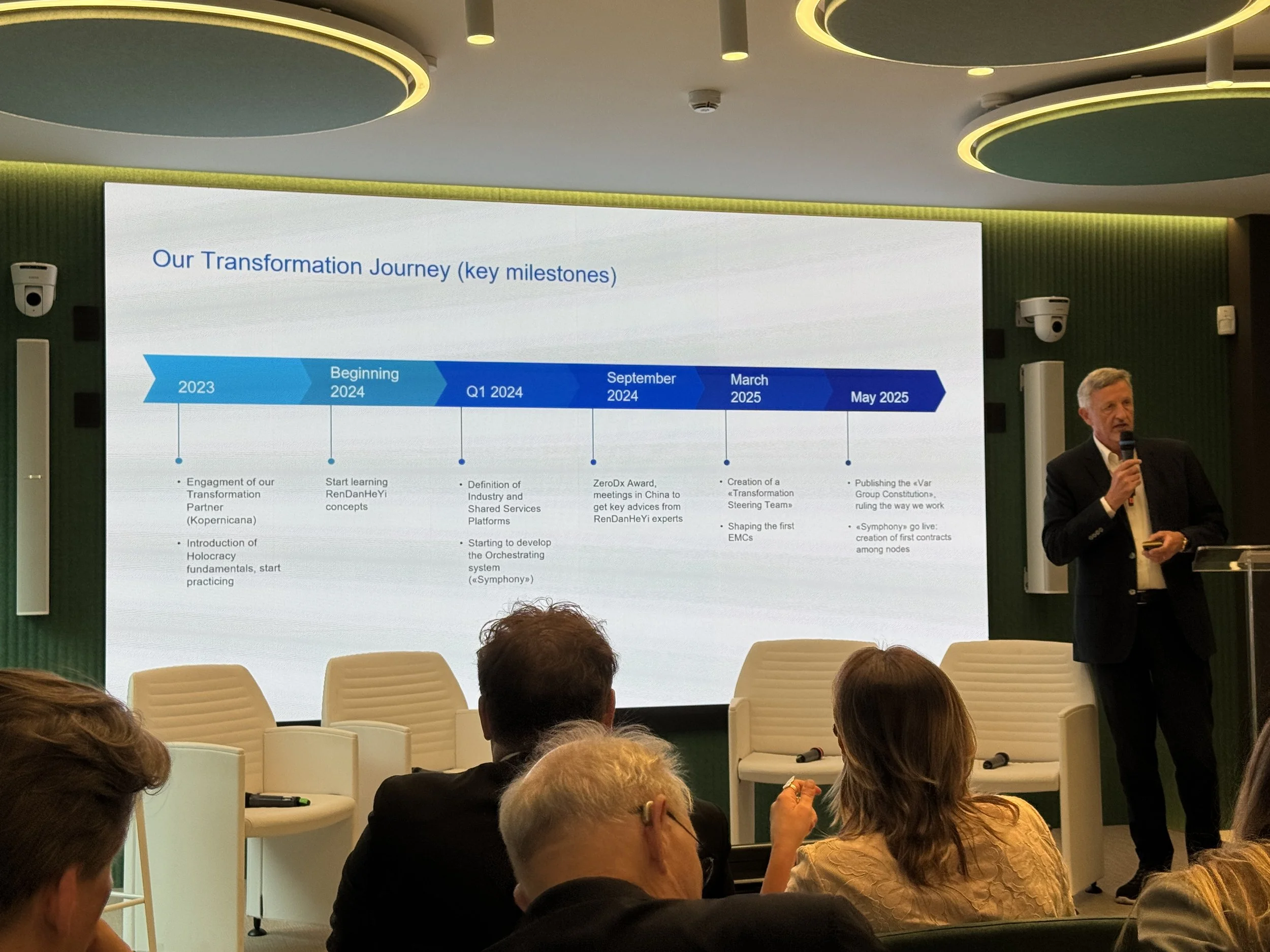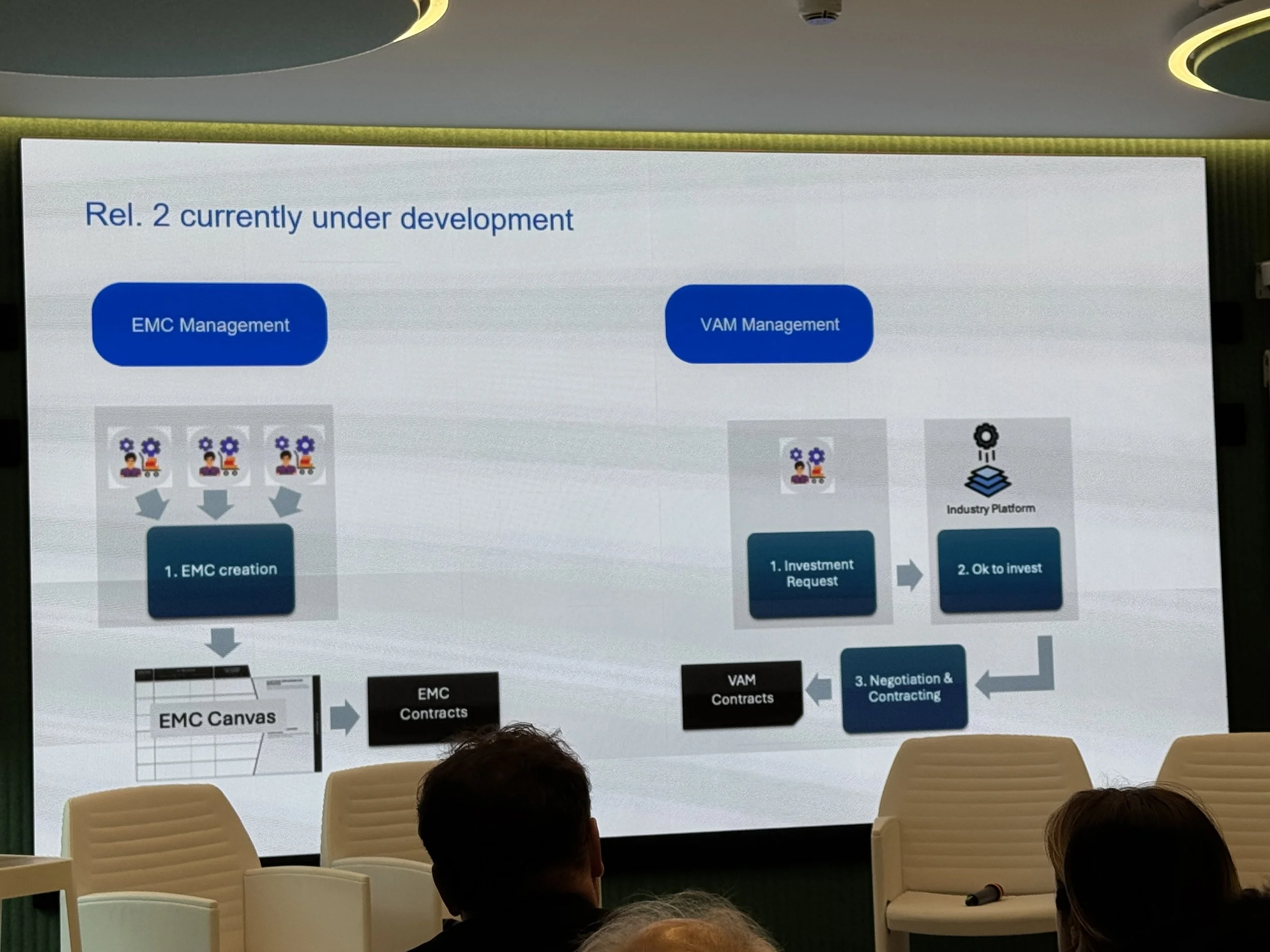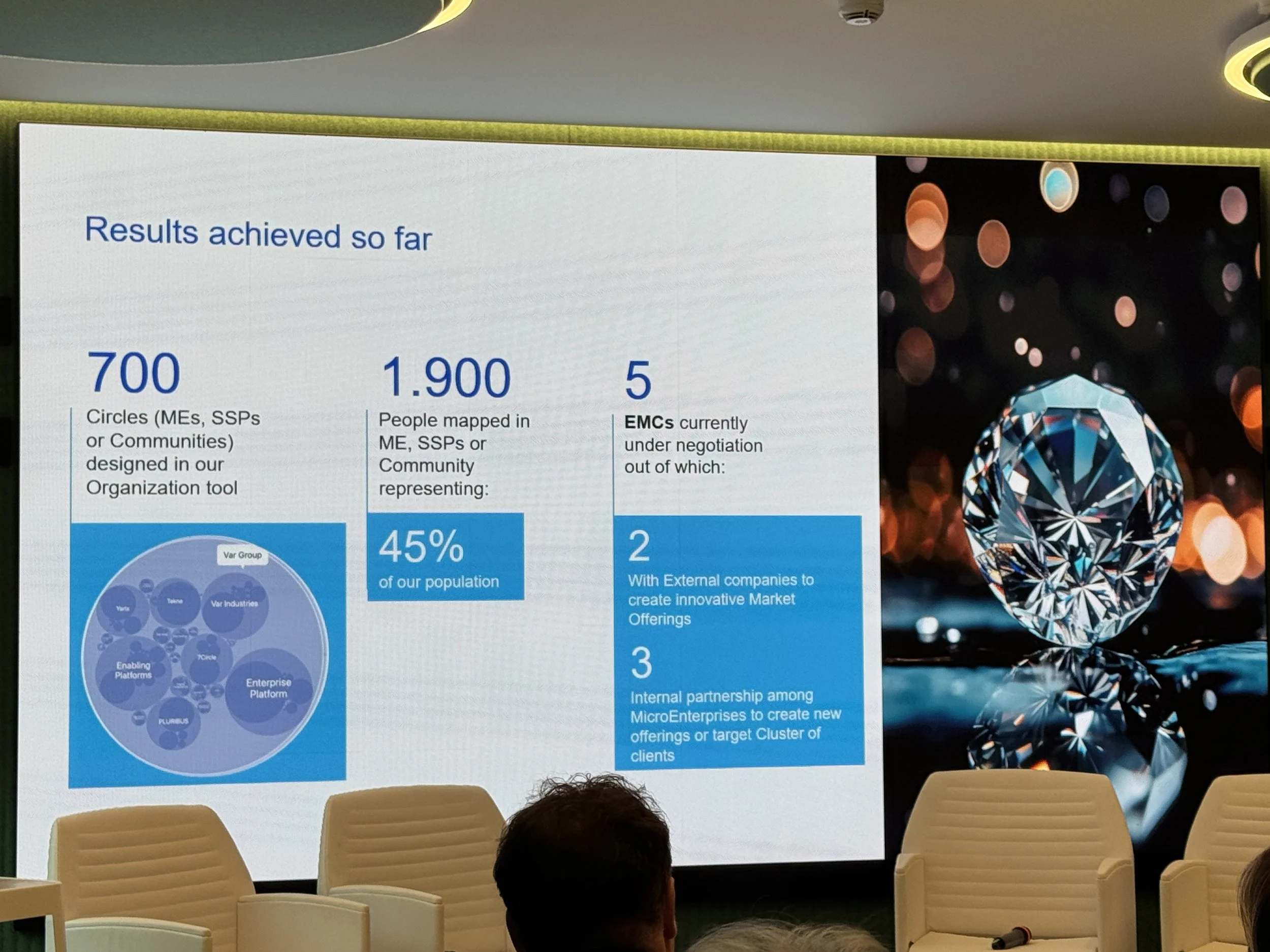Haier ZeroDX Journey 2025 - Case Studies, Insights and Learnings (Post 3 - The VAR Group)
Image source: HMI
Mirko Kleiner & Paolo Sammicheli – At the LAP Alliance, our mission is to connect movements like Agile Leadership, Scaling Agile, Lean-Agile Procurement, and more to advance Business Agility.
A standout example is Haier, a global pioneer that transformed from a traditional manufacturer into a network of 4,800 Micro Enterprises (MEs), each operating autonomously and co-creating value within Ecosystem Micro Communities(EMCs). This large-scale, win-win model is unlike anything else in the world.
The LAP Alliance has been collaborating with the Haier Model Institute to promote Haier’s New Economic Engine - RenDanHeYi: a management approach with no bureaucracy and consistent 20% growth.
In this blog series, we’ll share key takeaways from the Haier Zero Distance Excellence Journey 2025, and explore how AI and ecosystems are shaping the future of business.
Post 3 - The VAR Group Case Study.
Francesca Moriani, VAR Group's CEO shared her personal motivation for the change, how it’s going and where they are up to. Key driver was her own believe in a new culture of collaboration and win-win. From a business side the Var Group was suffering a scaling challange, growing so fast and the question how to integrate 35 acquired companies?
I’m ready to trust out people and “loose” control
— Francesca Moriani CEO VAR Group
Francesca was backed up by Eugenio Capasso, VAR Group's Head of Org & Digital, Enrico Corradini, VAR Group's Head of Digital Law - Both leading a Micro Enterprise and Alessandro di Stefano, VAR Group's Head of HR. What stood out was the (new) passion of everybody and the commercial success.
image source: Mirko Kleiner, contents: Var Group
How VAR Group is Rewiring Itself as an Open Platform Organization
At the 20th anniversary of the Haier Model Institute, Francesca Moriani, CEO of VAR Group, took the stage with a bold message: “This is actually happening – in Italy, and maybe, soon, around the world.” What once seemed impossible — turning a 50-year-old system integrator into a decentralized, platform-based powerhouse — is now becoming reality.
About VAR Group
VAR Group is an international digital transformation partner supporting businesses in their digital journeys. With over 4,200 employees across 13 countries (including the U.S. and China) and a turnover of €875M, the company is part of SeSa S.p.A., a €3B publicly listed group pursuing sustainable and innovation-led growth. Much of VAR Group's expansion has been driven by strategic acquisitions, leading to a rich constellation of diverse teams, cultures, and capabilities.
Image source: Mirko Kleiner Content: VAR Group
But with growth came complexity — and cracks. Integration was shallow, internal coordination was messy, and customers and employees alike were feeling it. “We realized we were spending more time solving internal conflicts than helping our clients,” Moriani said.
Why Change?
The organization was growing rapidly through 36 M&As, resulting in cultural fragmentation and operational confusion. Business units remained siloed, decision-making was sluggish, and accountability was diffused. The leadership recognized a clear need to shift from central control to decentralized entrepreneurship — while maintaining brand coherence and operational alignment.
That realization triggered a search for new models — and Haier’s RenDanHeYi (RDHY) emerged as a key inspiration.
The Transformation Begins
In 2023, VAR Group embarked on a structured transformation to redesign the organization around empowered, accountable Micro-Enterprises (MEs) — with the ambition to move from a traditional hierarchy to a decentralized value network - or how they call it an Open Plattform Organization.
Image source: Mirko Kleiner Content: VAR Group
Key transformation phases included:
Ethnographic Mapping of internal structures and decision-making patterns.
Framing & Onboarding of 100+ leaders to introduce RDHY and clarify project goals.
Discovery & Definition of arenas, customer jobs-to-be-done, and business unit potential.
Experimentation with pilot setups involving new roles, services, and interaction models.
Pilots in Action: Bringing the New Model to Life
The transformation focused on three pilot types:
Sales SSP (Shared Service Platform) – Orchestrating cross-BU sales, standardizing product taxonomy, and managing client relationships nationally and internationally.
7 Circle – Restructuring a large unit into three semi-autonomous Micro-Enterprises (Infrastructure, Maintenance, App Dev), each with its own P&L and internal collaboration mechanisms via Ecosystem Micro-Communities (EMCs).
Organization & Digital SSP – Providing enterprise-wide services (e.g., project management, data services, platform onboarding) and managing internal service exchanges through standardized agreements.
Building the Backbone: Symphony
Recognizing the need for orchestration at scale, VAR Group developed Symphony — an internal software platform designed to manage and automate service relationships across the ecosystem.
Image source: Mirko Kleiner Content: VAR Group
Symphony includes an AI agent that monitors contract execution and feeds ERP systems for accounting, with v2 coming soon to support more complex EMCs and investment request management. VAM Management, the Valuation Adjustment Mechanisms is a mechanism to bet-on agreement through which a company invests in another one, profits where shared, etc. Next on the roadmap of Symphony is the EMC Management, so that the collective agreement of Micro Enterprises in their EMC Contract is supported by a platform and automatization.
Scaling the Model: 700+ Circles and Counting
VAR Group has already structured over 700 “circles” — self-organizing teams with clearly defined roles, domains, and responsibilities — involving around 45% of employees (~2,000 people).
Three internal EMCs and two external EMCs have been launched to co-develop new services. These EMCs are dynamic collaboration vehicles that connect internal and external partners around shared goals, joint investments, and profit-sharing.
Image source: Mirko Kleiner Content: VAR Group
Governance: Constitution Before Control
To manage emergence without chaos, VAR Group adopted a Constitution that governs how circles and initiatives are created. No one — not even the CEO — can create new structures unilaterally. Instead, anyone in the company can propose new initiatives, triggering open dialogue and governance-based validation.
Francesca Moriani summed it up: “We don’t want to control — we want to facilitate. If people across the company feel empowered to raise their hand and create something new, that’s when we’ve succeeded.”
Key Lessons Learned
Transformation Requires Practice
Mistakes are part of the journey. Learning by doing, supported by expert partners, has been essential.Leadership Must Go First
Francesca Moriani leads by example, continuously communicating the purpose and pushing through resistance.Transparency Changes Behavior
When internal services are priced and benchmarked, inefficiencies become visible — and actionable.Resistance is Normal
Some employees prefer the comfort of top-down direction. HR and leadership work closely to support mindset shifts.Support Functions Reimagined:
Shared service platforms like HR and legal have been transformed from cost centers into value-creating units, some even generating revenue externally. These teams now operate with defined service catalogs and pricing models.
You Need a Digital Nervous System
A transformation of this scale is impossible without orchestration software like Symphony.It’s About Losing Control to Gain Agility
“To change,” says Moriani, “leaders must be brave enough to lose power — and trust their people.”
Image source: Mirko Kleiner Content: VAR Group
Conclusion: A Brave Ship in Open Waters
VAR Group’s transformation is far from over — but its direction is clear. With hundreds of empowered Micro-Enterprises, internal and external EMCs, orchestration via Symphony, and a commitment to openness and entrepreneurship, the company is laying the foundation for a resilient, adaptive, and human-centric business.
As Francesca Moriani puts it in her upcoming book Brave Ship: “You must be brave to lead differently. You must be ready to lose control to create something better — not just for the company, but for the world.”
VAR Group’s story shows what it means to operationalize purpose, autonomy, and coherence at scale. It’s a living case of how Zero Distance can become a working reality — not just a theory.
Next Post - Gummy Industry (Case Study)
Stay tuned for the upcoming posts in this series!
All Posts of this Series
Post 1 - The ZeroDX Journey 2025
Post 2 - Haier’s Founder Zhang Ruimin about why is Haier so successful?
Post 3 - The VAR Group Case Study
Post 4 - The Gummy Industries Case Study
Post 5 - The ASA Group Case Study (Staytuned - in progress)
Post 4 - The Haier ZeroDX Awards 2025 (Staytuned - later in Sep/Oct)
Post 5 - Our Haier ZeroDX Awards 2025 Ecosystem Case Studies (Staytuned - later in Sep/Oct)
